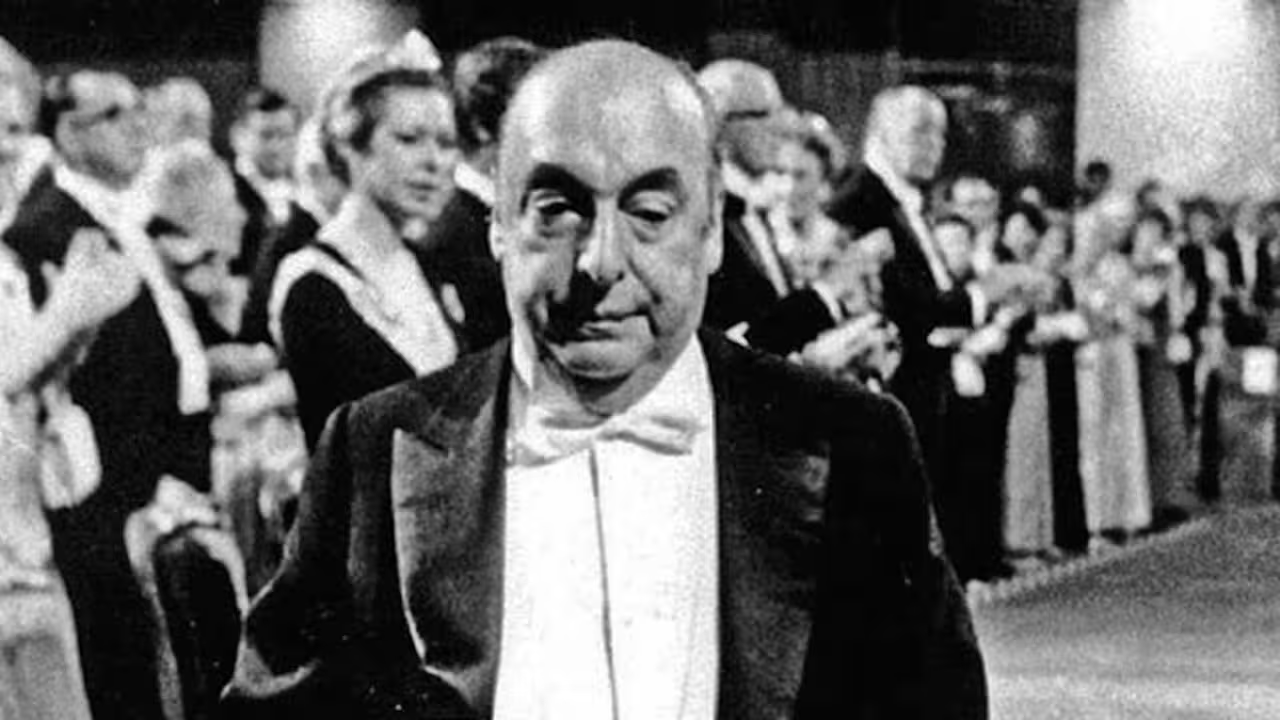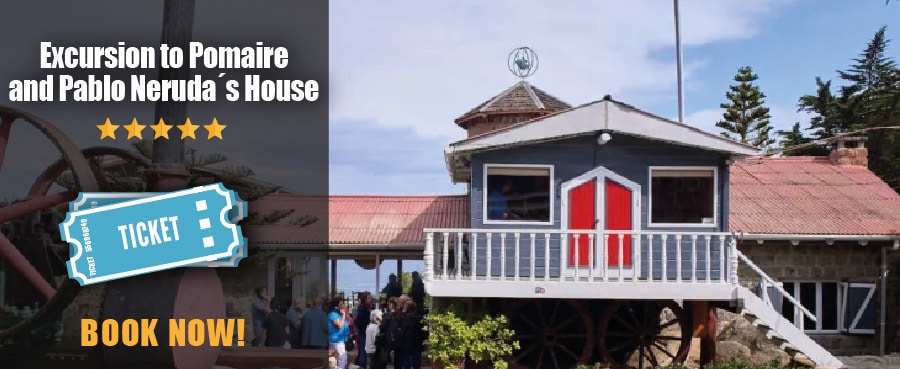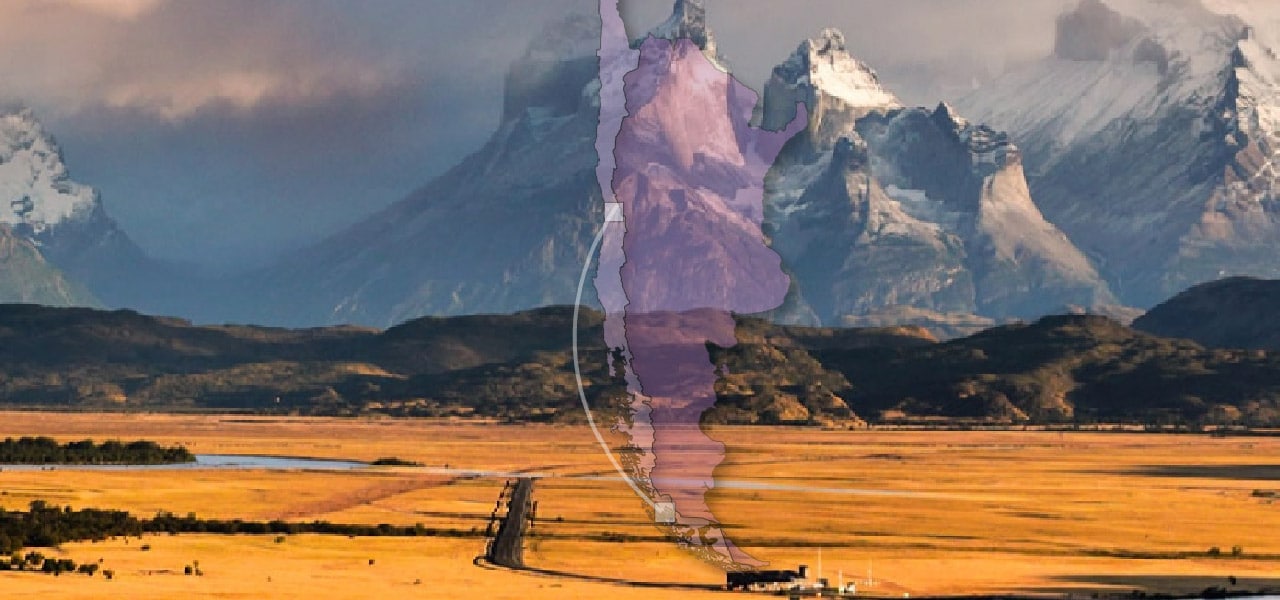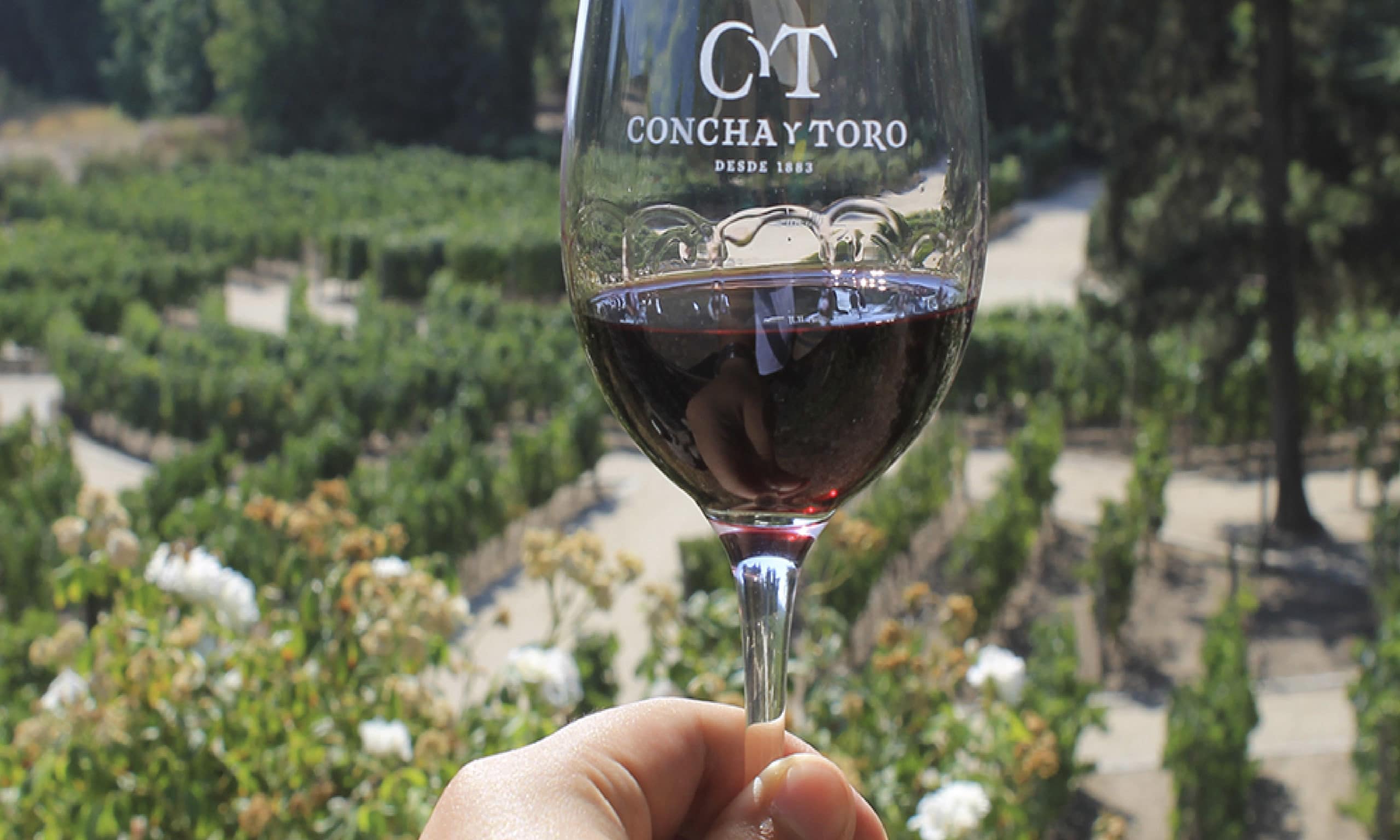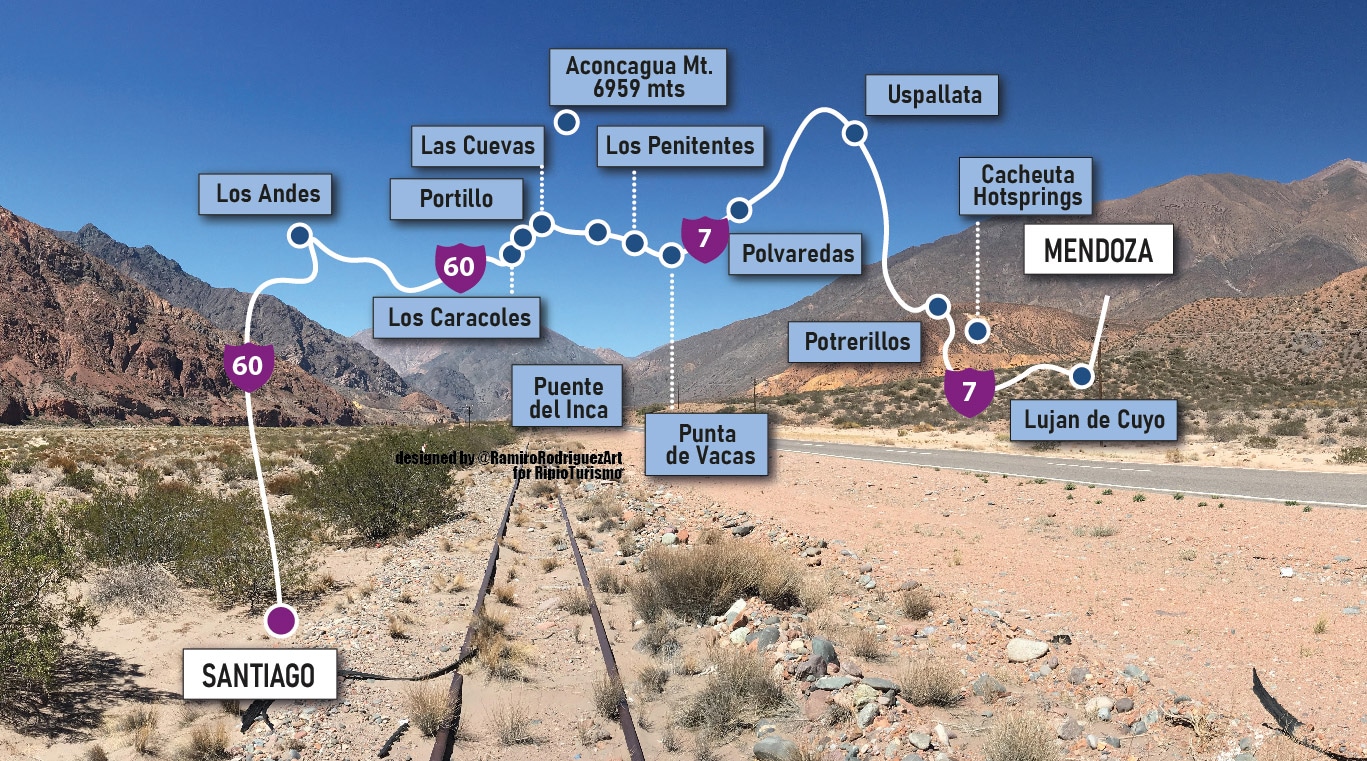Pablo Neruda: learn more about the chilean poet
One of the main attractions for visitors to Santiago is the chance to learn more about Pablo Neruda, one of Chile’s most iconic poets.
But who was Pablo Neruda?
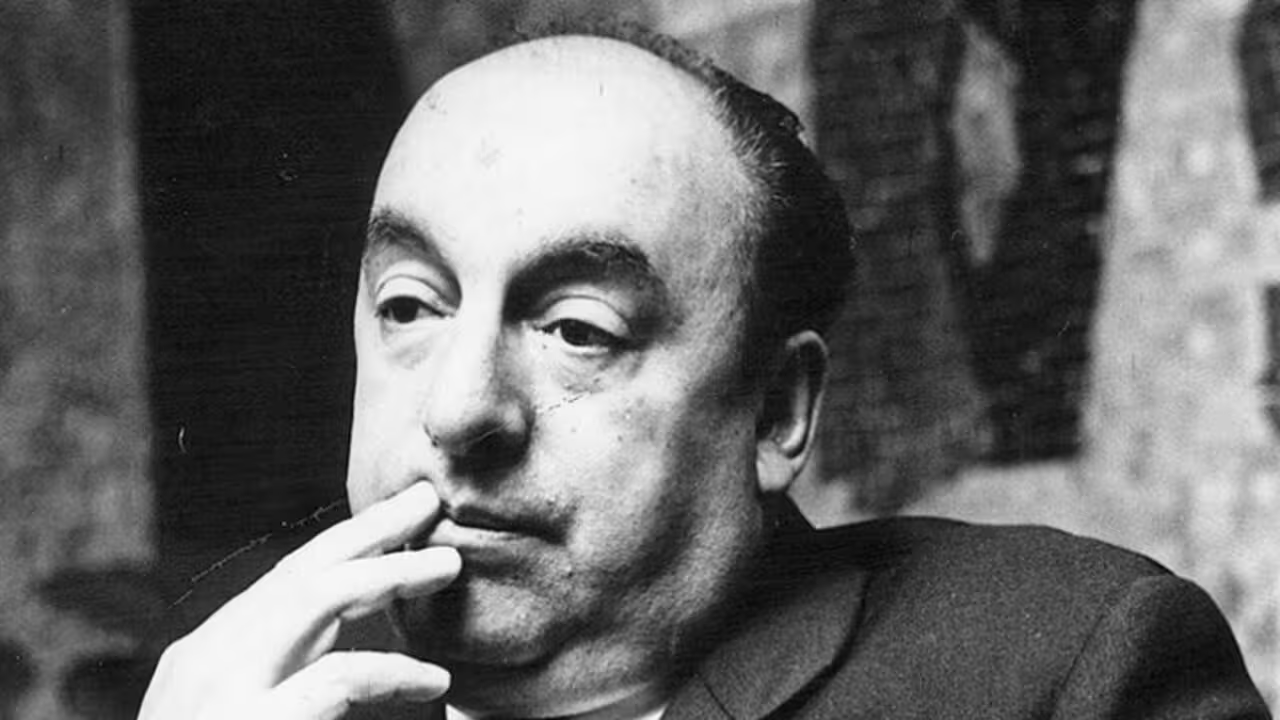
Who was Pablo Neruda?
Pablo Neruda, born Ricardo Eliécer Neftalí Reyes Basoalto, was a famous Chilean poet.
He was born in Parral on July 12, 1904, and died in Santiago on September 23, 1973.
In addition to being a poet, he was also an important political figure.
He served as:
-
Senator of the Chilean Republic
-
Member of the Central Committee of the Communist Party
-
Presidential candidate
-
Ambassador to France
His many awards include:
-
The Nobel Prize for Literature in 1971
-
An honorary doctorate from the University of Oxford
Neruda’s writing evolved over time. Starting with his work Canto General (1950), he adopted Soviet socialist realism, reaching a high point with The Grapes and the Wind (1954).
Who was Pablo Neruda to the world?
Neruda was not only a beloved poet but also a respected diplomat.
Although deeply involved in politics, he never abandoned his love for poetry.
During the Spanish Civil War, he wrote in secret when official duties banned him from speaking out. His commitment to freedom and justice left a deep impact on many nations.
Pablo Neruda´s Life: The Biography
Neruda was born to a railway worker and a teacher. His mother died shortly after childbirth. At age two, he moved to Temuco with his father and stepmother, Trinidad Cándida Marverde, to whom he later dedicated the poem La Mamadre.
As a child, he was fascinated by nature—the forests and ocean of southern Chile—imagery that often appears in his poetry.
In 1921, he moved to Santiago to study French at the University of Chile. There, he became involved in literary circles and began writing seriously.
In 1924, his breakout success came with:
-
Twenty Love Poems and a Desperate Song
This collection became one of the most popular works of modern love poetry.
In 1927, he began a diplomatic career, serving in:
-
Rangoon (Burma)
-
Colombo
-
Batavia (Java)
-
Singapore
In 1931, he returned to Chile. Two years later, Residence on Earth was published in a limited edition and became one of his most important works.
He then served as consul in:
-
Buenos Aires, where he met Jorge Luis Borges
-
Barcelona and Madrid, where he deepened his friendship with Federico García Lorca and met other major Spanish writers
In 1935, Residence on Earth Volumes 1 and 2 were published in Spain. Around this time, his daughter Malva Marina Reyes Hagenaar was born with hydrocephalus.
In 1969, Neruda was nominated for the presidency of Chile but stepped aside to support his friend Salvador Allende, who won in 1970.
Later, Neruda became Chile’s ambassador to France.
Final Days and Death
In 1973, after the military coup that overthrew Allende, Neruda fell seriously ill.
He was taken to a clinic in Santiago on September 19 and died on September 23.
His house was raided and his books burned. Despite this, his funeral became a moment of public defiance against the dictatorship.
Initially buried in a borrowed mausoleum, Neruda’s remains were later moved:
-
First to a cemetery in Santiago
-
Then, in 1992, to his home in Isla Negra, fulfilling his final wish
His homes and belongings are now museums managed by the Pablo Neruda Foundation.
Famous Works by Pablo Neruda
Neruda’s poetry reflects deep emotion and strong political beliefs.
He wrote about:
-
Love
-
Loneliness
-
War and peace
-
Injustice and hope
Key Works
-
Crepusculo (Twilight) – His first book, published in 1923
-
Twenty Love Poems and a Desperate Song – His most famous and widely translated book
-
El habitante y su esperanza (The Inhabitant and His Hope) – His only novel
-
Anillos (Rings) – A poetic prose book written with Tomás Lago
-
El Hondero Entusiasta (The Zealous Slinger) – Shows early influence from Carlos Sabat Ercasty
-
Residence on Earth – Written during a difficult time in his life, full of loneliness
-
Canto General – Published in Mexico in 1950, this epic volume mixes poetry with Latin American history
-
Eating in Hungary – A collaborative work with Miguel Ángel Asturias
-
End of the World – Published in 1969, includes editions with famous illustrations
Pablo Neruda: A Nobel Laureate
From the 1950s, Neruda worked toward the Nobel Prize, publishing key works like:
-
Canto General
-
The Captain’s Verses
-
The Grapes and the Wind
-
Elementary Odes
He built support through:
-
Media appearances
-
High-profile international visits
-
Political activism
He was considered in 1956 and 1963, and finally won in 1971.
The Swedish Academy honored him for:
“A poetry that with the action of an elemental force gives life to the destiny and dreams of a continent.”
The death of Pablo Neruda
His last public appearance was on December 5, 1972, when the Chilean people paid tribute to the poet at the National Stadium. In February 1973, for health reasons, he resigned as ambassador to France. After the military coup of September 11, his health worsened and on the 19th he was rushed from his home in Isla Negra to Santiago, where he died at 10:30 p.m. on the 23rd at the Santa María Clinic.
Neruda’s house in Santiago was ransacked after the coup led by General Augusto Pinochet and his books burned. The poet’s funeral was held in the General Cemetery. The members of the leadership of the Communist Party attended, despite being persecuted by the regime. Although the attendees were surrounded by soldiers armed with machine guns, defiant shouts of homage to him and Salvador Allende were heard, along with the intonation of La Internacional. After the funeral, many of the attendees who could not flee ended up adding to the lists of those disappeared by the dictatorship.
His remains rested first in the mausoleum of the Dittborn family, which had given them space, and seven months later they were transferred to niche 44 of the Mexico module.
On December 11, 1992, the remains of Neruda and Matilde Urrutia were exhumed and taken for a ceremonial wake in the Hall of Honor of the former National Congress. The following day the poet’s wish was fulfilled: that his remains be buried in his house in Isla Negra. That place and all the other belongings are now museums managed by the Pablo Neruda Foundation.
Pablo Neruda´s Houses: An atraction when you visit Santiago and Valparaiso
Isla Negra, La Chascona and La Sebastiana are the three houses of Neruda today converted into museum houses.
The Pablo Neruda Foundation preserves and exposes the legacy of the Chilean poet beyond his literary works. And without a doubt, for lovers of this magnificent poet, a visit to the houses where Neruda lived is a must.
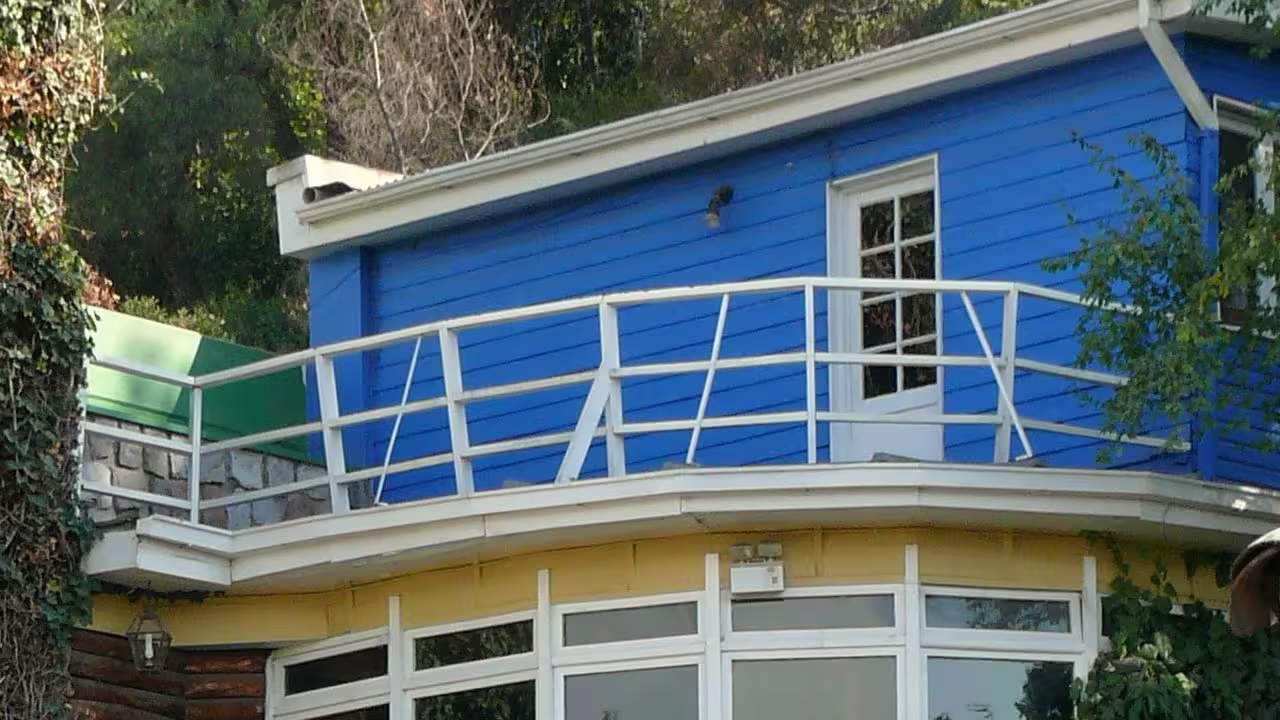
Pablo Neruda´s Houses: La Chascona
One of Neruda’s most famous houses, which was located in Santiago de Chile. His story is very particular, since he participated in absolutely all of its construction. La Chascona was made just as the writer dreamed of it. It was like his escape from reality, and although at first only Matilde lived, later Pablo Neruda moved and began with more renovations. Today this place is known mainly as the headquarters of the foundation, but in addition to that it represents the Pablo Neruda Museum. Pablo Neruda Museum
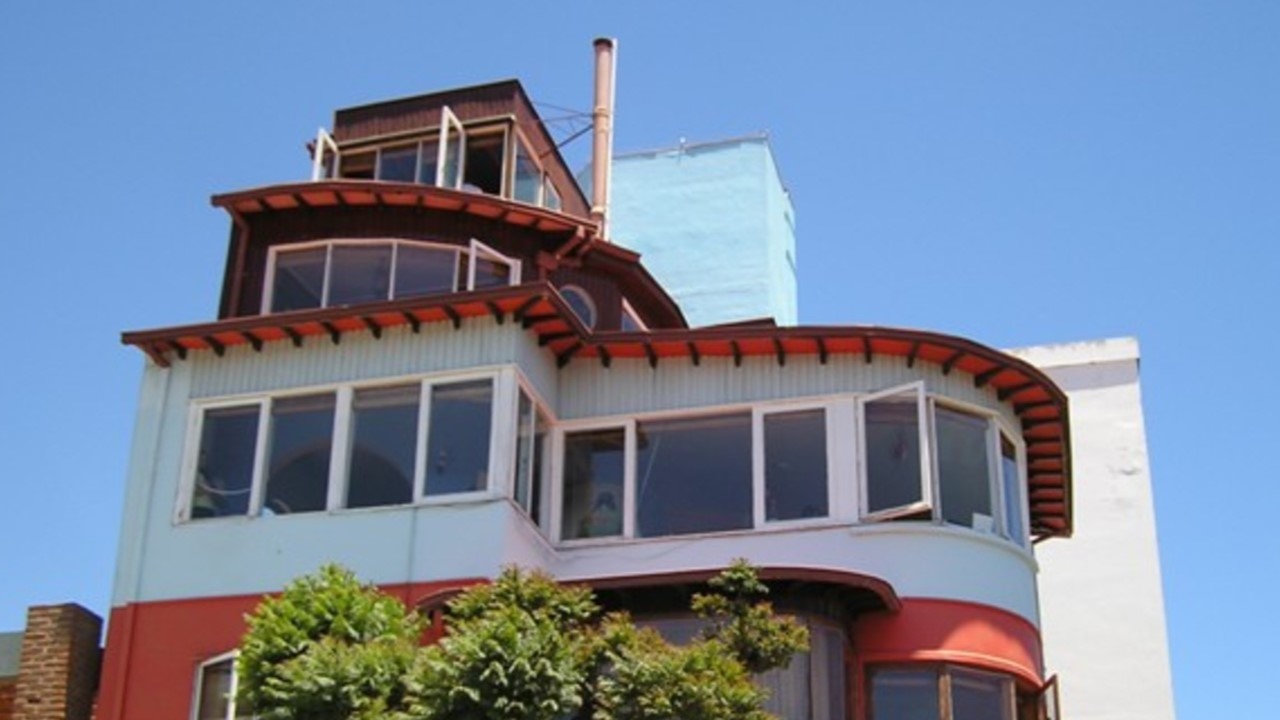
Pablo Neruda´s Houses: La Sebastiana
A huge house in Valparaíso, where Neruda loved to ring in the new year. There it was possible to find inspiration with the spectacular view it had. Seeing the fireworks was what made the poet so connected to the house. Although at first he considered it very large, he saw more than opportune to stay in the place. La Sebastiana today is a Pablo Neruda house museum, where you can see what the writer’s daily life was like. Pablo Neruda Museum
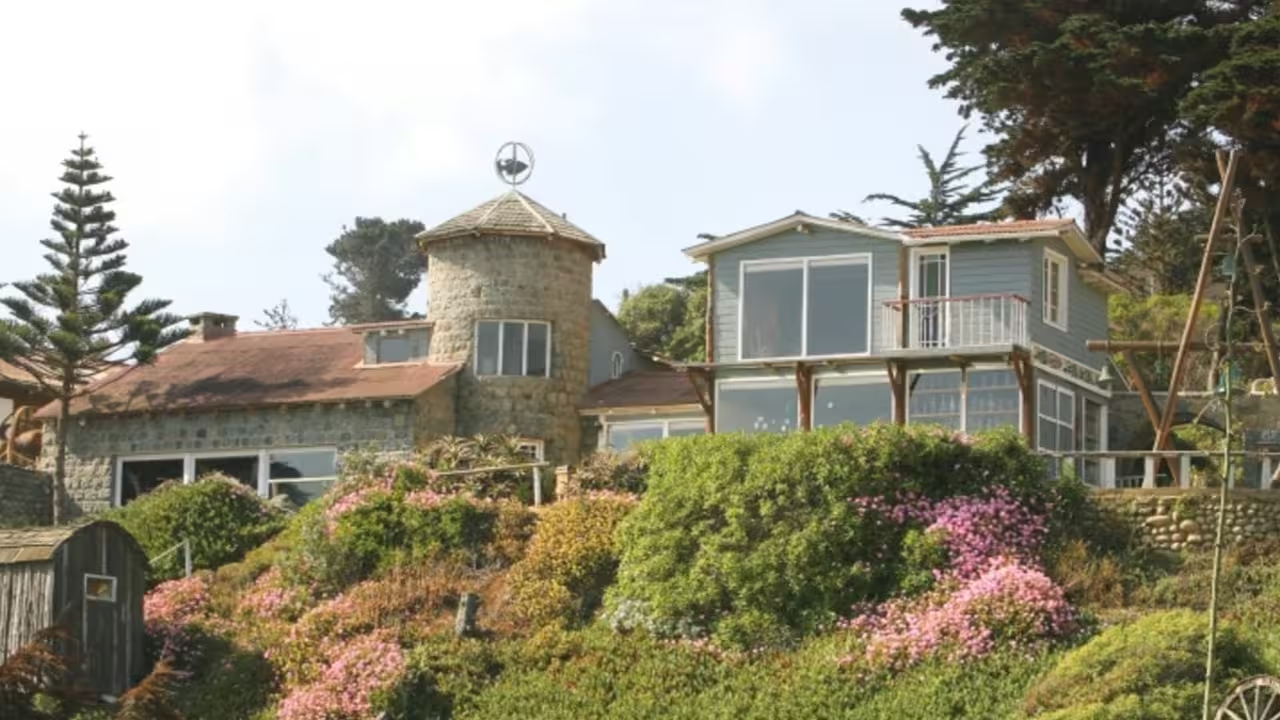
Pablo Neruda´s Houses: Isla Negra
Pablo Neruda’s refuge was undoubtedly this house. He usually spent his national holidays here, without exception. This house has a very conservative atmosphere, and you can even find belongings of the poet that prove it. Before he died, Isla Negra already represented a place of admiration rather than home. This house has a history and a special significance, as it was here that Pablo Neruda found his inspiration to compose such magnificent verses that they would later become poems. Pablo Neruda Museum. The Pablo Neruda museum represents an important point in literature and art. All people are welcome in the place, in fact, school visits are allowed, which must make their reservation in advance.
Book an excursion to enjoy Pomaire and the Pablo Neruda´s House from Santiago de Chile
From Santiago, you can book the excursion to Pomaire and Pablo Neruda´s House.
Visiting Santiago? check our best tours to enjoy Chile
#353 – Santiago, Atacama Desert & Easter Island – 9 nights 
#351 – Santiago, Torres del Paine and Atacama Desert – 9 nights 
#363 – Santiago, Atacama, Torres del Paine & Skorpios III Cruise – 12 nts 
#360 – Chilean Patagonia and Atacama Desert – 12 nts 
Tours in Chile with Argentina, Peru, and other destinations in Chile
A good idea is to combine these places, with other destinations in Chile, Argentina or Peru. Check some great options below:
#1052 – From Rio to Santiago via Iguazu, Buenos Aires and Atacama – 18 nts 
#1081 – Colorful Argentina, Chile & Peru – 17 nights 
#1004 – Argentina & Chile in 12 nights – Option IV – 12 nts 
#1090 – The Great tour of South America – 26 nights 
More tours to visit Chile
Want to visit Chile? Check our complete list of tours.
For more information, just contact us at info@ripioturismo.com
Thank you!


